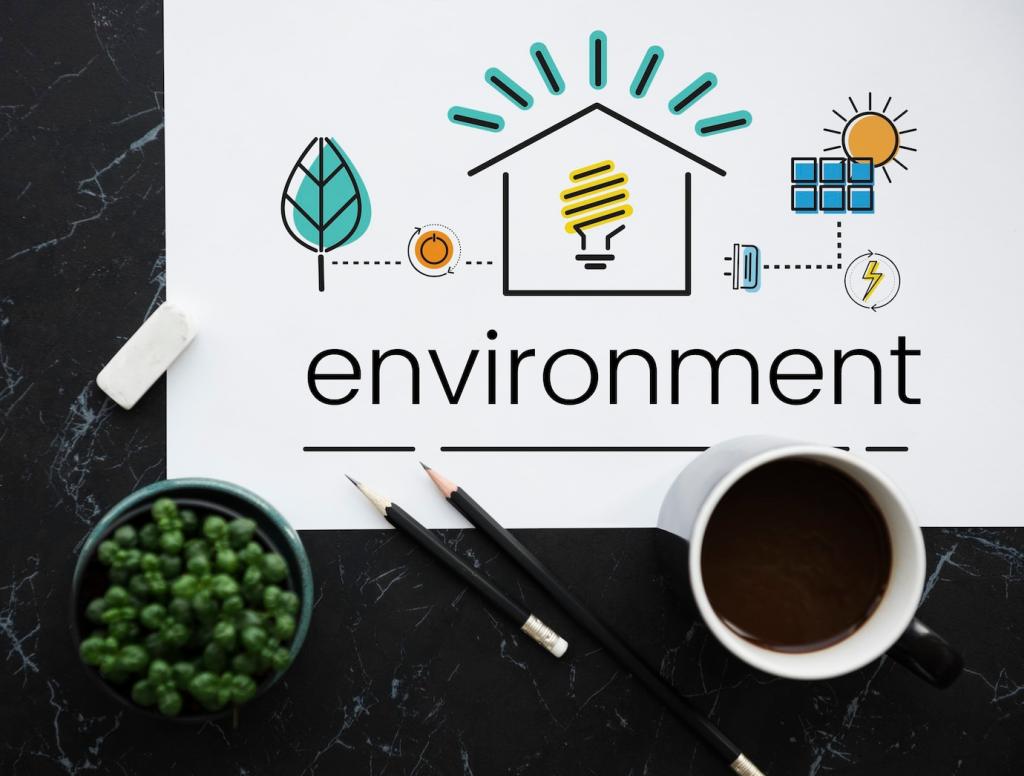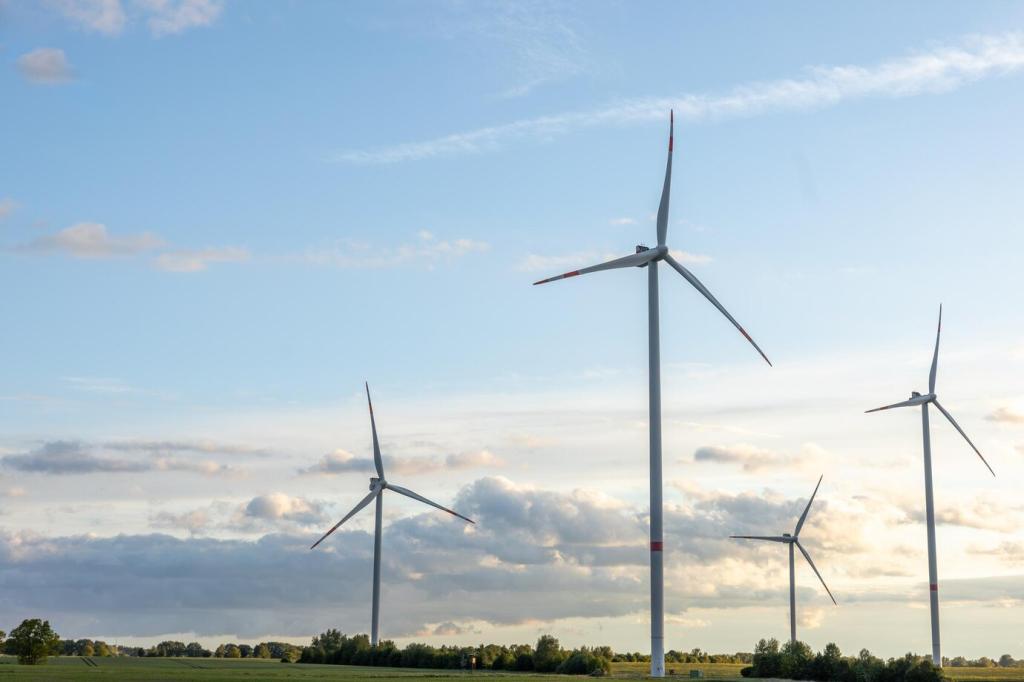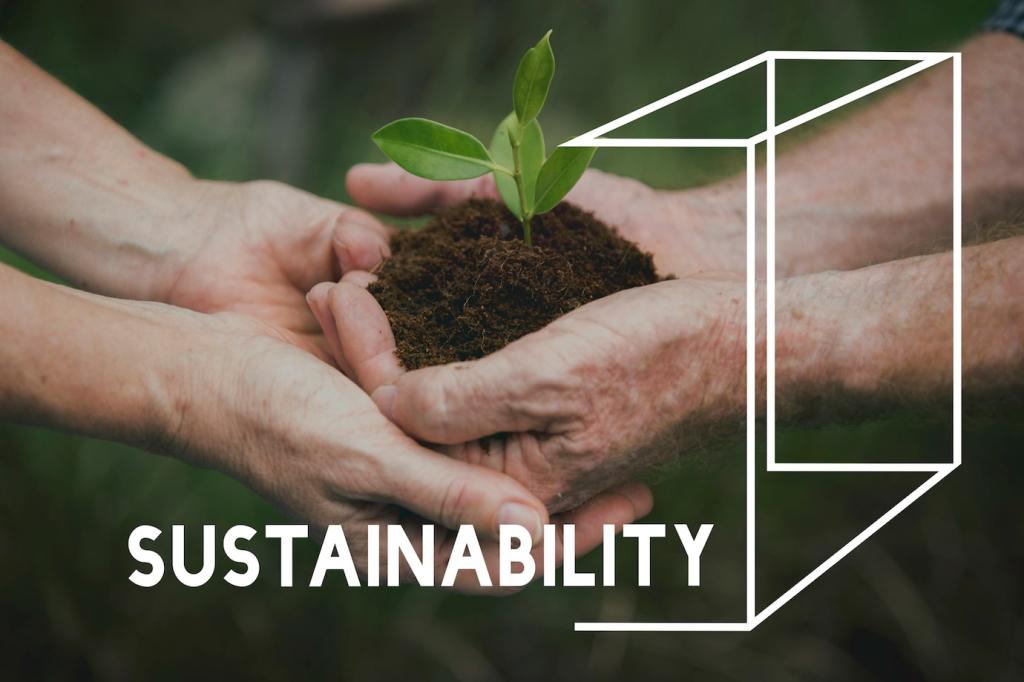Why Affordability Matters in Sustainable Cities
Affordability isn’t just rent or mortgage payments; it includes utilities and transportation. A home that costs less but leaks heat or forces long drives can still strain families. True sustainability balances monthly housing costs with energy efficiency and access to essential services.
Why Affordability Matters in Sustainable Cities
Long commutes eat time, money, and clean air. When affordable homes rise near jobs, transit, and schools, families gain hours each week, cities cut congestion and emissions, and neighborhoods become safer and livelier with more people present throughout the day.
Why Affordability Matters in Sustainable Cities
Have you downsized, moved closer to transit, or improved insulation to save money? Tell us what changed most for your family and neighborhood. Your experience can guide others choosing homes that support affordability, health, and long-term sustainability.






